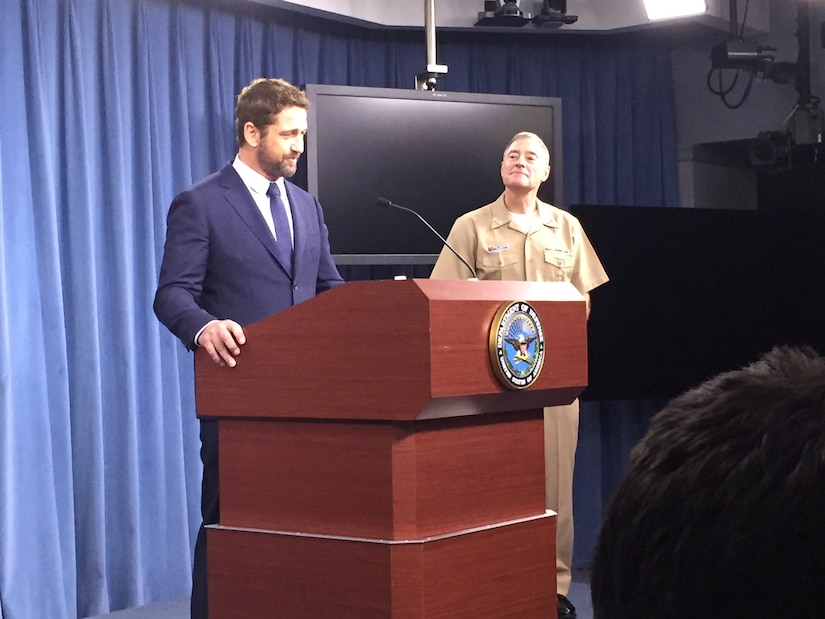By Jim Garamone, Defense.gov
WASHINGTON -- NATO Secretary General Jens Stoltenberg and
Army Gen. Curtis M. Scaparrotti, the Supreme Allied Commander Europe and
commander of U.S. European Command, made a statement about deterrence just by
their presence aboard the aircraft carrier USS Harry S. Truman in the North Sea
during an Oct. 12 news conference.
The carrier is participating in Exercise Trident Juncture
18, the largest NATO exercise since the 1980s. The exercise will be held Oct.
25-Nov. 7.
“From these decks, the USS Truman projects power to keep us
all safe,” Stoltenberg said on the hangar deck of the massive ship. “It
delivers deterrence every day. It helps keep our sea lines of communication
open and it has been critical in the fight against terrorism, against ISIS in
Syria and Iraq.”
Trident Juncture showcases the defensive might of the
29-nation alliance. More than 45,000 service members, 60 ships and thousands of
vehicles will participate in the exercise in and around Norway.
Testing NATO’s Collective Response Capability
Trident Juncture will test NATO’s collective response to an
armed attack against one ally. “To keep our nations safe in an unpredictable
world, we need to keep our alliance strong,” Stoltenberg said. “We do need to
have the training and we need to train together in all domains; at sea, in air,
on land and in cyberspace.”
The exercise will test NATO’s high-readiness forces, and
send a clear message of alliance.
The exercise will test NATO nation’s ability to work
together in a time of crisis, Scaparrotti said. “It will be an important test
and, as you’ve seen today, a demonstration of our collective capabilities,” he
said. “With all 29 nations, as well as Finland and Sweden participating across
air, land and sea, … this Trident Juncture exercise is a prime example of NATO
allies and partners working together. Trident Juncture 18 will demonstrate
that, in an unpredictable world, NATO remains an anchor of stability.”
The general stressed that the alliance is changing and
adapting to new threats not only from Russia but across the spectrum. Trident
Juncture itself includes the cyber domain, space and activities short of war.
NATO nations must train together to handle these new multinational,
multi-domain threats.
“The challenge of doing that across 29 nations makes this
complex,” he said. “I was just aboard a Danish flagship connected with ships
from the United States, Portugal, Norway, sharing a common picture, working on
common operating procedures, tactics and procedures, and doing quite well. So
again, we’re ready and we’re getting stronger every day.”
Both Stoltenberg and Scaparrotti noted that the ship’s
namesake, President Harry S. Truman, was in office when the Washington Treaty
that established NATO was signed in 1949.








